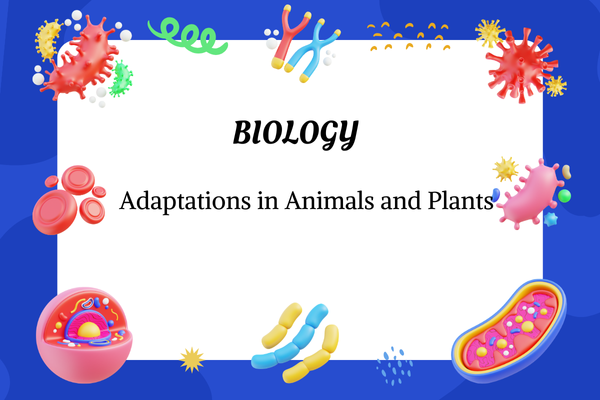Introduction – What Are Changes and Why Do They Matter?
Have you noticed how ice turns into water or how bread turns brown when toasted? These are examples of changes happening around us every day! Some changes are quick, like blowing up a balloon, and others take time, like rust forming on a bicycle.
In science, changes are all about how things look, feel, or become something new. Some changes can be undone, and others are permanent. We call these physical changes and chemical changes.
expert-led Chemistry classes – visit our website to learn more
Who Notices These Changes?
Changes aren’t just for scientists in labs—everyone experiences them!
- Cooks notice food changing while cooking.
- Artists see how paint dries and mixes.
- Gardeners watch leaves change color or plants wilt.
- Kids see changes when mixing colors or playing with clay!
Even your body goes through changes—like growing taller or getting sweaty after running.
Why Do We Study These Changes?
Understanding changes helps us:
- Know which changes are safe or dangerous
- Reuse or recycle things
- Predict what might happen when we mix or heat stuff
- Make better decisions in science, cooking, and even cleaning!
It’s also fun to spot changes around you and know why they happen!
When Did People Start Observing Changes?
People have noticed changes since ancient times—like watching fire turn wood to ash. But real study of changes started when scientists asked deeper questions.
In the 1700s, a man named Antoine Lavoisier showed that during chemical changes, matter isn’t lost—it just changes form. That discovery helped build modern chemistry.
Where Can We See These Changes?
Literally everywhere!
- In your kitchen: butter melting or popcorn popping
- In nature: leaves turning brown or ice melting on a cold morning
- In school: vinegar reacting with baking soda
- Even in your pencil box: sharpening a pencil or breaking a crayon
How Do These Changes Happen?
There are two main types of changes:
1. Physical Changes
- What it means: Only the shape, size, or state changes
- No new substance is made
- Can be reversed easily
- Examples: Tearing paper, melting chocolate, freezing juice
2. Chemical Changes
- What it means: A new substance is formed
- Often cannot be reversed
- Signs: color change, heat, bubbles, new smell
- Examples: Rusting iron, cooking food, burning candle
Core Concepts – What You Should Know
| Term | What It Means | Simple Example |
| Change | When something becomes different | Ice melting into water |
| Physical Change | Shape or state changes, not the substance | Breaking a pencil |
| Chemical Change | A new substance is made | Milk turning sour |
| Reversible | Can be undone | Melting chocolate |
| Irreversible | Cannot be undone | Burning wood |
FAQs – Curious Questions Kids Might Ask
Q1: Is mixing salt in water a physical or chemical change?
A: It’s a physical change—no new substance is made, and you can get the salt back!
Q2: What about burning a candle?
A: That’s a chemical change—the wax turns into smoke and gases.
Q3: Can we turn cooked rice back into raw rice?
A: Nope! That’s a chemical change and can’t be reversed.
Q4: Is freezing water into ice a chemical change?
A: No! That’s a physical change—you can melt it back.
Q5: Why do some changes give off heat or bubbles?
A: That’s a sign a chemical reaction is happening!
Fun Facts About Changes!
- Lightning can change sand into glass!
- When you boil an egg, it becomes a new substance inside—chemical change!
- A balloon pops because air rushes out quickly—physical change!
- Bread rises because yeast creates bubbles of gas—a yummy chemical change!
- Some glow sticks work because of a chemical change inside the tube!
Conclusion – Change Is All Around!
Change is part of life, and science helps us understand it better. Whether it’s a puddle drying up or a cake baking in the oven, changes happen every day—some are simple, some are magical!
When you can tell whether it’s a physical or chemical change, you’re not just observing—you’re thinking like a scientist. So next time something changes in front of you, take a closer look… science is happening!








